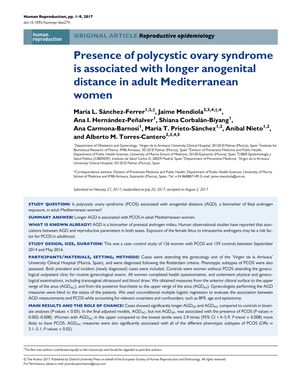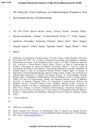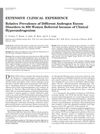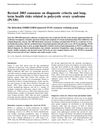Presence of polycystic ovary syndrome is associated with longer anogenital distance in adult Mediterranean women
August 2017
in “Human Reproduction”

TLDR Women with polycystic ovary syndrome tend to have a longer distance between the clitoris and anus.
The study conducted between September 2014 and May 2016 with 126 women diagnosed with polycystic ovary syndrome (PCOS) and 159 control subjects found that women with PCOS had significantly longer anogenital distances (AGD), particularly the distance from the anterior clitoral surface to the upper verge of the anus (AGDAC), even after adjusting for body mass index (BMI), age, and episiotomy. Women in the upper tertile of AGDAC measurements were 2.9 times more likely to have PCOS. These results suggest that longer AGD may be a biomarker for PCOS, potentially due to the influence of the intrauterine hormonal environment on the development of PCOS. However, the study did not find significant associations between AGD and reproductive hormone levels or antral follicle count. Despite its limitations, such as the potential for chance findings and the inability to establish causality, the study provides initial evidence that prenatal androgen exposure may be linked to PCOS in adulthood.
View this study on academic.oup.com →
Cited in this study

research The polycystic ovary syndrome: a position statement from the European Society of Endocrinology
The European Society of Endocrinology advises individualized long-term management for PCOS, focusing on lifestyle changes, accurate diagnosis, and treatments for associated health risks and symptoms.

research Relative Prevalence of Different Androgen Excess Disorders in 950 Women Referred because of Clinical Hyperandrogenism
Most women referred for excess male hormone symptoms had polycystic ovary syndrome (PCOS), with other conditions being less common.

research Revised 2003 consensus on diagnostic criteria and long-term health risks related to polycystic ovary syndrome (PCOS)
The 2003 consensus updated PCOS diagnosis criteria and linked PCOS to higher risks of diabetes and heart problems, recommending lifestyle changes to lower these risks.